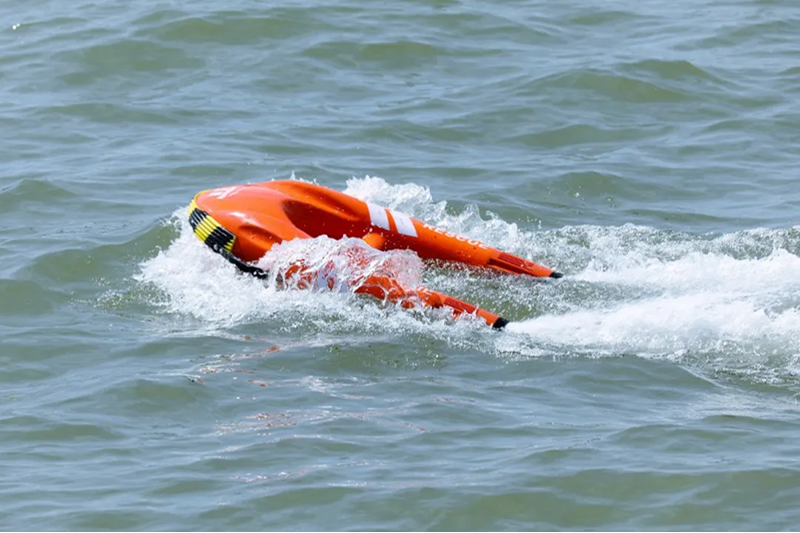Personal Flotation Devices (PFDs) and Core Protective Gear
Life Jackets and PFDs: Foundation of Water Rescue Safety
Water rescue safety really depends on personal flotation devices or PFDs, which keep people afloat whether they're victims or first responders. According to some research from maritime safety folks back in 2025, around 8 out of 10 drownings happened to people who weren't wearing their life jackets correctly or at all. These days, PFDs come in different types based on how much buoyancy they provide, measured in Newtons if anyone cares about specifics. Manufacturers design them for particular situations too, so there's something suitable for almost every water activity imaginable.
-
Type I (275–300N): Designed for open or rough waters where rescue may be delayed
-
Type III (150–170N): Suited for calm inland waters with rapid response expected
-
Rescue-specific models: Feature high-visibility panels, harness compatibility, and quick-release buckles for operational efficiency
These distinctions ensure rescuers select gear aligned with environmental demands and mission parameters.
Comparing 170N vs. 300N Life Jackets for Different Water Conditions
What kind of buoyancy someone needs really depends on where they're going to be floating around. The 170N PFDs we call Type III give folks way more freedom to move around, which is why so many kayakers and those working along shorelines grab these when conditions are pretty predictable. Then there's the heavier duty stuff like 300N models (Type I), which basically act as life savers when things get rough. These can keep people who pass out upright even in wild river currents or crashing waves near the coast. That's why the Coast Guard insists their swiftwater rescue teams carry at least 300N gear. And this wasn't just some random decision either. A study from last year actually found that using these stronger PFDs made all the difference, cutting down deaths in whitewater accidents by almost half according to the numbers.
Key Features of the Rescue 850 PFD for Swift Water Environments
The Rescue 850 PFD represents a benchmark in swiftwater rescue gear, engineered to meet the rigors of Class IV rapids and beyond. It features:
| Feature |
Purpose |
| 300N ISO-certified buoyancy |
Prevents submersion in extreme currents |
| Molle-compatible back panel |
Secures throw bags, radios, or medical kits |
| Swivel-hook knife sheath |
Enables rapid access during entanglements |
This PFD complies with ISO 12402-3 standards for professional use, verified through ISO-certified testing protocols.
Rescue Helmets, Gloves, and Footwear: Protection Against Impact, Cold, and Slips
Head injuries account for 27% of water rescue injuries (National Safety Council, 2025), making ANSI-rated helmets essential. Today’s composite designs often include mounts for GoPro cameras and waterproof headlamps, enhancing situational awareness. For extremity protection:
-
Neoprene gloves: Maintain dexterity in water below 4°C (EN 511 certified for cold resistance)
-
Vibram-soled boots: Deliver 360° traction on wet surfaces with a friction coefficient exceeding 0.8
-
Dry socks: Prevent trench foot during prolonged operations
A 2024 field study of Great Lakes ice rescues found that thermal-regulated gloves enabled teams to complete knot-tying tasks 22% faster than standard gear, underscoring their operational value.
Throw Bags, Ropes, and Mechanical Advantage Systems
Throw Bags and Rescue Ropes: First-Line Tools in Shoreline Rescues
Rescue throw bags with their polypropylene ropes give rescuers about 18 to maybe 24 seconds to act when someone's in trouble near the shore. Most standard models come with around 70 to 100 feet of 3/8 inch thick rope that can hold up to over 3,500 pounds before breaking. This kind of strength matters a lot when trying to keep control of someone being pulled by fast moving water. According to studies done by those folks at major water safety organizations, keeping these ropes in good condition stops roughly two out of three cases where people might drown later after being rescued but still need help getting back to solid ground safely.
Best Practices for Throw Line Deployment in Fast-Moving Water
The U.S. Coast Guard’s 2021 Swift Water Rescue Manual outlines key deployment strategies:
- Position rescuers at a 15° downstream angle from the victim to utilize current dynamics
- Use underhand throws, which achieve 68% accuracy compared to 42% with overhead techniques
- Establish secure belay systems before initiating retrieval to avoid anchor failure
These practices maximize effectiveness while minimizing risk to both rescuer and victim.
Carabiners, Pulleys, and Mechanical Advantage in Rope Rescue Systems
Implementing a 3:1 mechanical advantage system with rescue pulleys reduces required pulling force by up to 200%, enabling safer handling of heavy loads. Industrial lifting analyses show stainless steel pulleys with sealed bearings retain 92% efficiency even when submerged, a crucial factor when managing victims or equipment exceeding 200 lbs in flood conditions.
Standardization Challenges: Throw Bag Lengths and Rope Materials
Inconsistent guidelines—NFPA recommending 100” minimums versus IAFF’s 75” urban standard—create operational risks, with 34% of teams reporting entanglement incidents due to mixed-length systems. Emerging solutions include color-coded ultra-high-molecular-weight polyethylene (UHMWPE) ropes, which float 40% higher than nylon and resist abrasion in rocky, debris-filled environments (Marine Safety Institute, 2023).
Inflatable Boats, Drysuits, and Mobility in Harsh Conditions
Inflatable and Rigid-Hull Inflatable Boats (RIBs) in Emergency Response
Inflatable boats and RIBs allow rescue teams to operate effectively in flooded urban zones and whitewater where traditional vessels cannot navigate. Combining portability with structural stability, these craft deploy 30% faster than aluminum boats during rapid-onset floods (Hoverstar Emergency Response Report, 2023). Key advantages include:
- 360° buoyancy tubes for self-righting capability
- Shallow 12" draft to traverse submerged obstacles
- Outboard engine mounts for swift downstream access
A 2022 analysis of flood operations revealed inflatable boats accounted for 78% of successful retrievals in debris-choked waterways, thanks to their superior impact absorption and maneuverability.
Drysuits for Thermal Protection in Cold-Water Rescue Operations
A drysuit constructed from 420D reinforced nylon and featuring latex seals can really make all the difference when it comes to avoiding hypothermia. These suits keep body heat intact even in freezing 4 degree Celsius water (that's about 39 Fahrenheit), giving protection for around four hours total—which is roughly three times what regular wetsuits manage. The folks at Mustang Survival ran some tests back in 2023 on their Helix HX model and found something interesting: these drysuits cut down the chances of someone getting knocked out by cold shock in icy conditions by nearly two thirds according to their icewater training exercises. What makes them so effective? Well, they've got those articulated knee joints plus special breathable materials inside that let movement happen naturally. Rescue workers need this kind of freedom to get around properly whether they're swimming through rough seas or pushing a boat against strong currents without feeling restricted at all.
Specialized Tools and Cutting-Edge Technology in Water Rescue
River Knives and Multi-Tools: Essential Gear for Entanglement Emergencies
Compact river knives (3–4 inch blades) with blunt tips and corrosion-resistant 440C stainless steel construction are standard for entanglement response. Their design minimizes accidental injury underwater while ensuring durability in saltwater and abrasive conditions.
Integration of Carabiners, Cutting Tools, and Rescue Vests for Efficiency
Modern rescue vests integrate quick-release carabiners and tool holsters, reducing deployment time by 40% in simulated scenarios. This modular setup enables seamless coordination between rope systems, cutting tools, and thermal protection—critical when navigating submerged hazards.
Rescue Drones and Lifebuoy Drones: Reducing Response Time and Risk
Thermal imaging drones reduce victim detection time from 30 minutes to under five in low-visibility conditions (Rescue Ops Journal, 2023). Advanced models can deploy auto-inflating lifebuoys with 90% accuracy within a 50-meter radius, enabling immediate assistance without putting personnel at risk.
Case Study: Drone-Assisted Rescue During a Flash Flood Event
During a 2023 Midwest flash flood, UAVs equipped with infrared sensors located 17 trapped individuals across two square miles of debris-filled water in just 22 minutes—68% faster than boat-based searches. Drones delivered flotation devices to 12 victims before ground teams arrived, demonstrating their life-saving potential in time-critical scenarios.
AI and Automation Trends in Next-Generation Water Rescue Drones
2024 prototypes leverage AI-driven current modeling to predict optimal rescue paths with 94% accuracy. Machine learning algorithms trained on 50,000 historical rescues now automate lifebuoy deployment timing, adjusting for wind speed, water turbulence, and victim condition—ushering in a new era of intelligent, responsive water rescue technology.


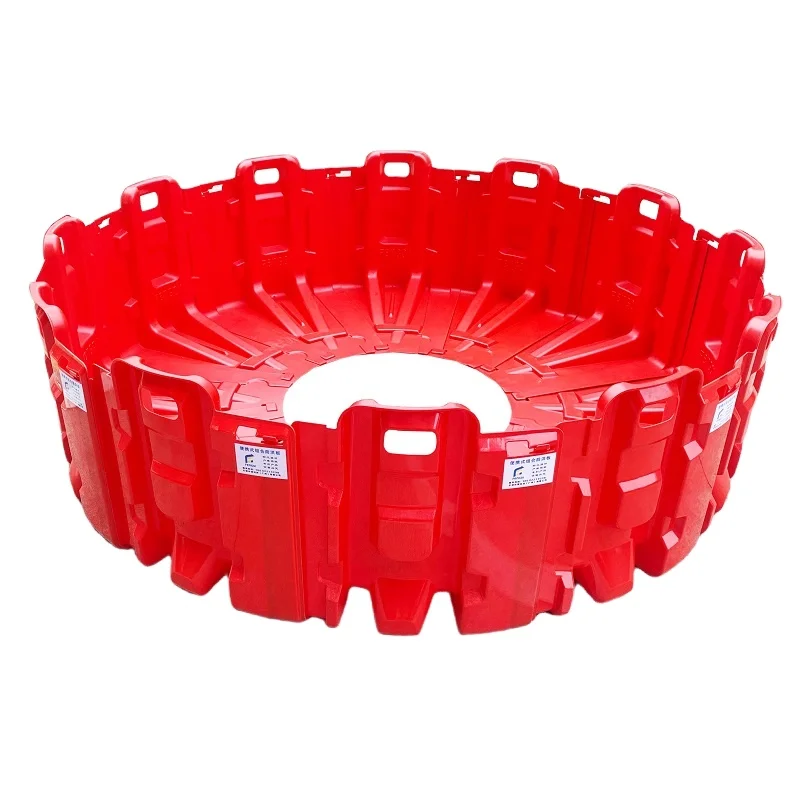
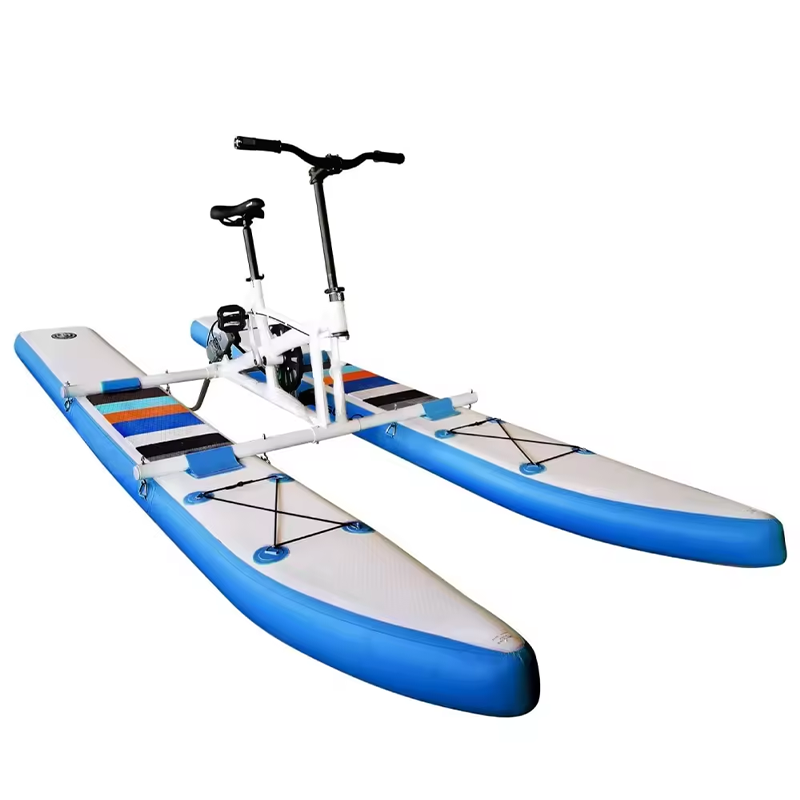
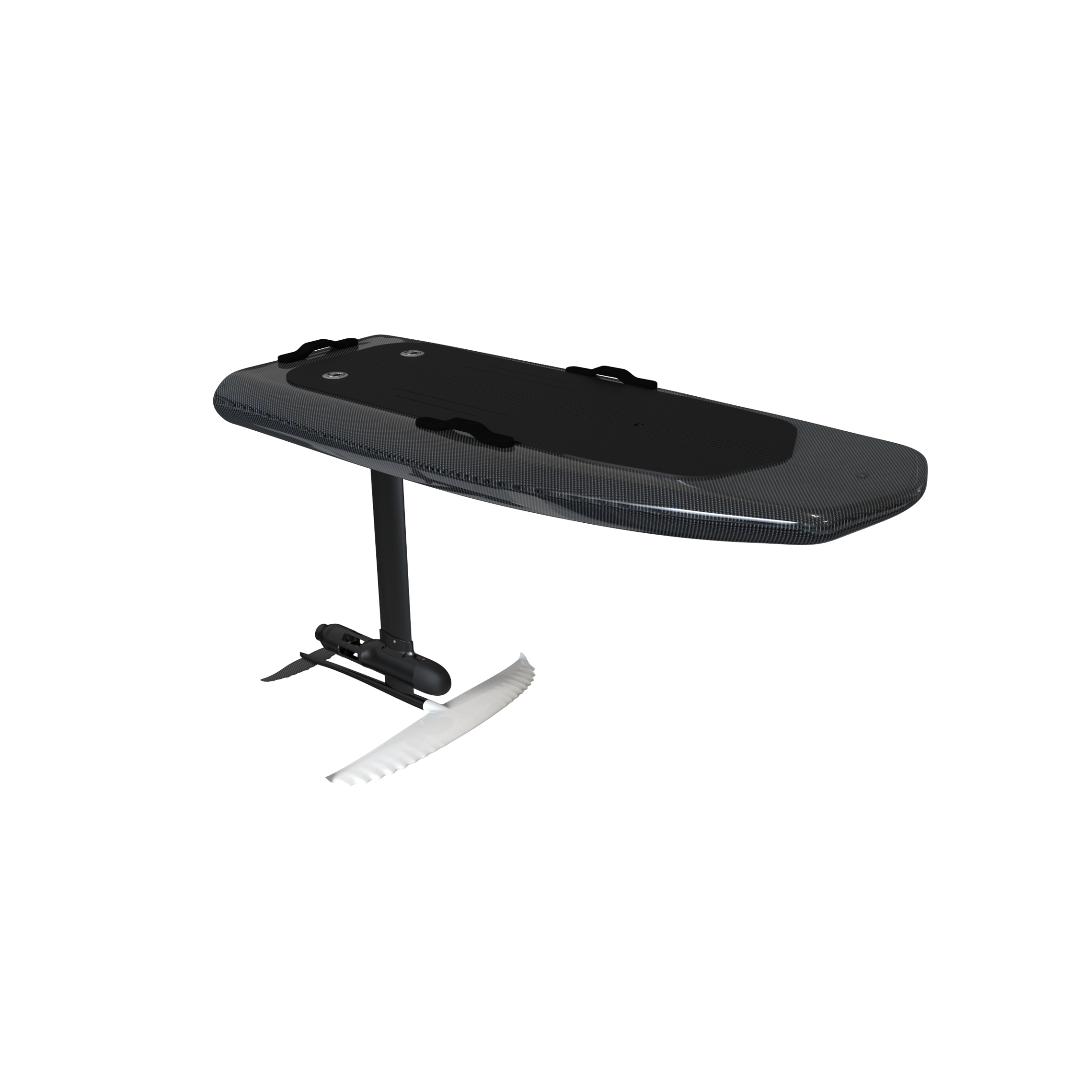
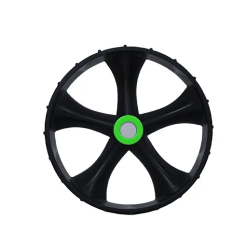
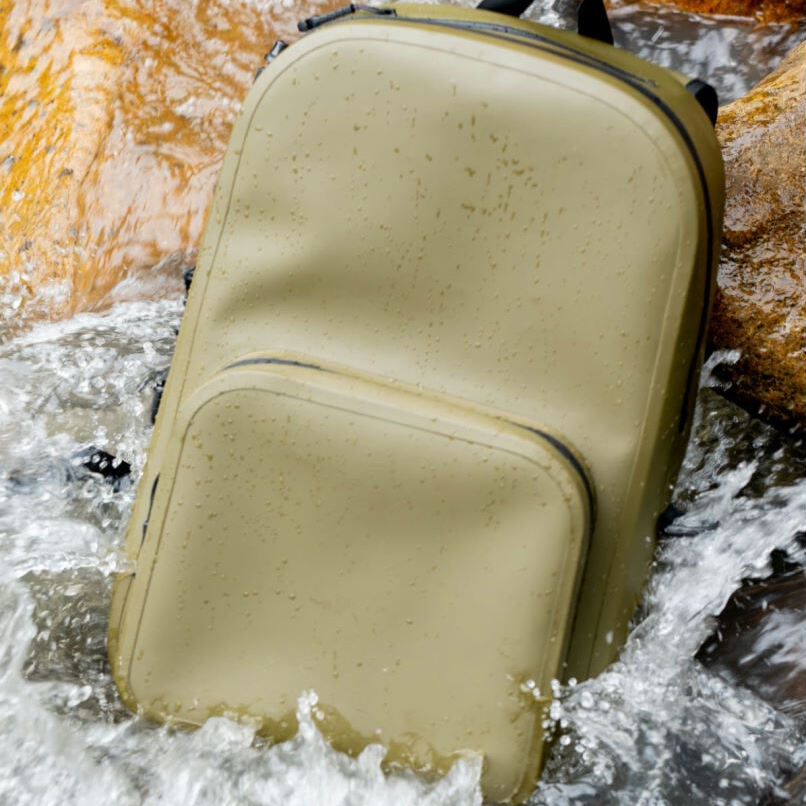

 Hot News
Hot News